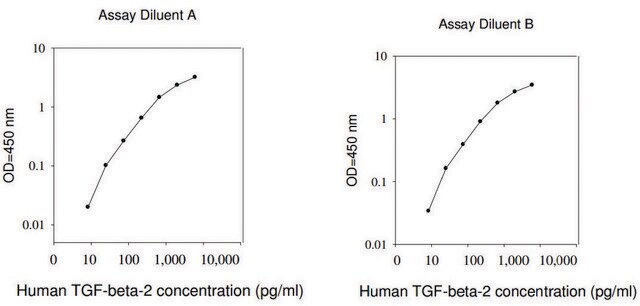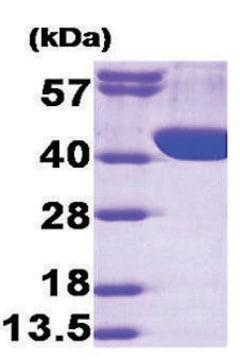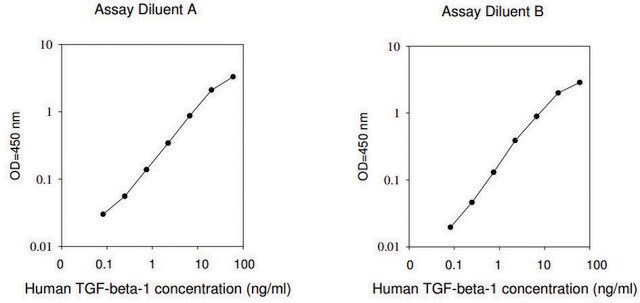MAK223
Aldolase Activity Colorimetric Assay Kit
Sufficient for 100 Colorimetric tests
Synonym(s):
Aldolase Colorimetric Assay Kit
About This Item
Recommended Products
detection method
colorimetric
relevant disease(s)
cancer; neurological disorders; hematological disorder
storage temp.
−20°C
Gene Information
human ... ALDOA(226) , ALDOB(229) , ALDOC(230)
mouse ... ALDOA(11674) , ALDOB(230163) , ALDOC(11676)
rat ... ALDOA(24189) , ALDOB(24190) , ALDOC(24191)
General description
The Aldolase Activity Colorimetric Assay Kit is a simple and high throughput assay for measuring aldolase activity in serum, plasma, and a variety of tissues and cells. Aldolase activity is determined by measuring a colorimetric product with absorbance at 450 nm (A450) proportional to the enzymatic activity present. One unit of aldolase is the amount of enzyme that generates 1.0 μmole of NADH per minute at pH 7.2 at 37 °C.
Features and Benefits
Suitability
Principle
Kit Components Only
- Aldolase Assay Buffer
- Aldolase Substrate
- Aldolase Enzyme Mix
- Aldolase Developer
- NADH Standard
- Aldolase Positive Control
Signal Word
Danger
Hazard Statements
Precautionary Statements
Hazard Classifications
Aquatic Chronic 3 - Eye Dam. 1 - Skin Corr. 1B
Storage Class Code
8A - Combustible corrosive hazardous materials
Regulatory Listings
Regulatory Listings are mainly provided for chemical products. Only limited information can be provided here for non-chemical products. No entry means none of the components are listed. It is the user’s obligation to ensure the safe and legal use of the product.
EU REACH Annex XIV (Authorisation List)
Certificates of Analysis (COA)
Search for Certificates of Analysis (COA) by entering the products Lot/Batch Number. Lot and Batch Numbers can be found on a product’s label following the words ‘Lot’ or ‘Batch’.
Already Own This Product?
Find documentation for the products that you have recently purchased in the Document Library.
Our team of scientists has experience in all areas of research including Life Science, Material Science, Chemical Synthesis, Chromatography, Analytical and many others.
Contact Technical Service






